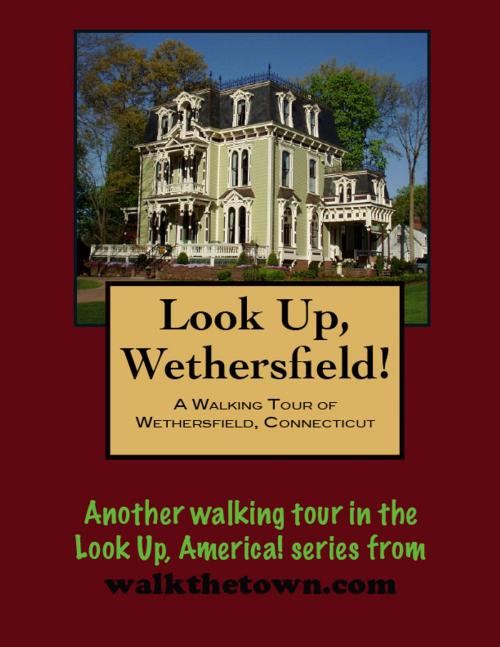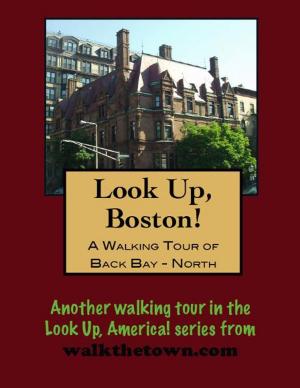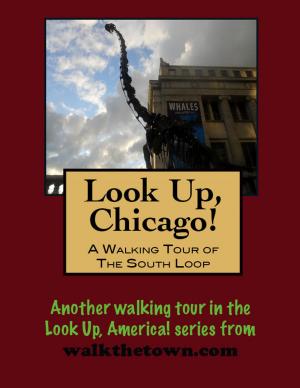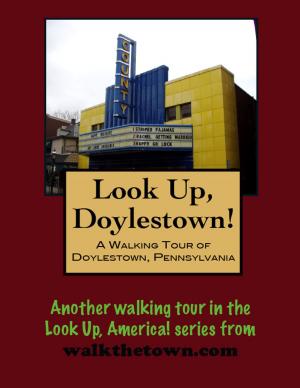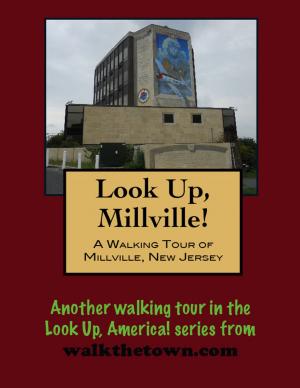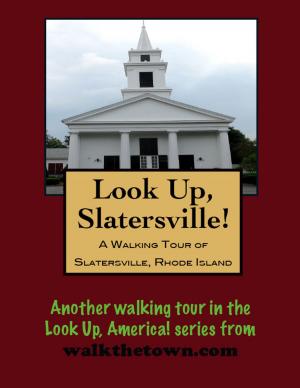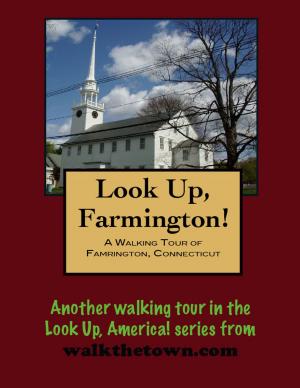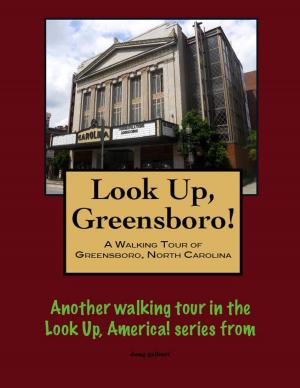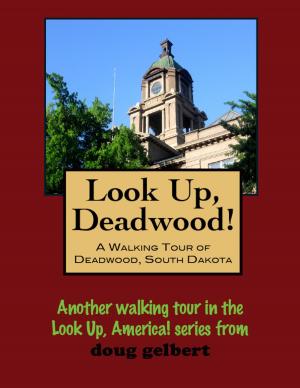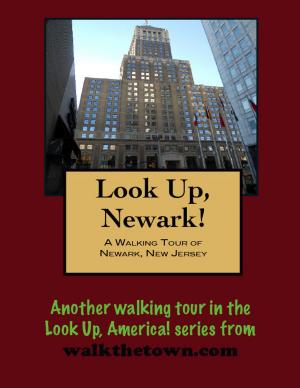| Author: | Doug Gelbert | ISBN: | 9781458013729 |
| Publisher: | Doug Gelbert | Publication: | March 2, 2011 |
| Imprint: | Smashwords Edition | Language: | English |
| Author: | Doug Gelbert |
| ISBN: | 9781458013729 |
| Publisher: | Doug Gelbert |
| Publication: | March 2, 2011 |
| Imprint: | Smashwords Edition |
| Language: | English |
There is no better way to see America than on foot. And there is no better way to appreciate what you are looking at than with a walking tour. This walking tour of Wethersfield, Connecticut is ready to explore when you are. Each walking tour describes historical, architectural landmarks, cultural sites and ecclesiastic touchstones and provides step-by-step directions.
Every tour also includes a quick primer on identifying architectural styles seen on American streets.
John Oldham was one of the members of the Massachusetts Bay Colony more interested in the commercial possibilities of the New World than the religious freedom it offered. Accused of plotting a revolt, he was banished from the colony in 1624. As a trader Oldham sailed to Virginia and back to England. In 1634 he led a group of men known as “The Ten Adventurers” up the Connecticut River to establish the first English settlement in the valley. Oldham did not settle here, however, and in 1636 he was murdered by Naragansett Indians on Block Island, Rhode Island.
Those who stayed in Wethersfield found land richly endowed with deep, fertile soil, a legacy from the glaciers and the annual flooding of the Connecticut River. The first bounty from this agricultural treasure was an onion with a dark red-hued skin that became world-renowned as the Wethersfield red onion. Their pungent scent caused outsiders to know the little village as Oniontown. Soon Wethersfield became America’s first major seed-producing area.
Industry-wise, shipbuilding brought the first prosperity to town. The first ship said to be built in Connecticut, The Tryall, was constructed at Thomas Deming’s shipyard and launched here. Between 1661 and 1699 warehouses for the West Indies trade dotted the waterfront around Wethersfield Cove. Exports included furs, hides, bricks, fish and salt beef. And, of course, onions. At the height of the export trade more than one million bunches of onions crossed the Wethersfield wharves. The coastal towns inevitably usurped the town’s prominence as a Connecticut port in the 19th century and the pace of life slowed.
The evidence of these days lives on in the largest historic district in Connecticut, with more homes built before 1850 than any other town in the state. Our walking tour will begin in the center of town, where there is abundant parking, and circle Connecticut’s “most auncient town”...
There is no better way to see America than on foot. And there is no better way to appreciate what you are looking at than with a walking tour. This walking tour of Wethersfield, Connecticut is ready to explore when you are. Each walking tour describes historical, architectural landmarks, cultural sites and ecclesiastic touchstones and provides step-by-step directions.
Every tour also includes a quick primer on identifying architectural styles seen on American streets.
John Oldham was one of the members of the Massachusetts Bay Colony more interested in the commercial possibilities of the New World than the religious freedom it offered. Accused of plotting a revolt, he was banished from the colony in 1624. As a trader Oldham sailed to Virginia and back to England. In 1634 he led a group of men known as “The Ten Adventurers” up the Connecticut River to establish the first English settlement in the valley. Oldham did not settle here, however, and in 1636 he was murdered by Naragansett Indians on Block Island, Rhode Island.
Those who stayed in Wethersfield found land richly endowed with deep, fertile soil, a legacy from the glaciers and the annual flooding of the Connecticut River. The first bounty from this agricultural treasure was an onion with a dark red-hued skin that became world-renowned as the Wethersfield red onion. Their pungent scent caused outsiders to know the little village as Oniontown. Soon Wethersfield became America’s first major seed-producing area.
Industry-wise, shipbuilding brought the first prosperity to town. The first ship said to be built in Connecticut, The Tryall, was constructed at Thomas Deming’s shipyard and launched here. Between 1661 and 1699 warehouses for the West Indies trade dotted the waterfront around Wethersfield Cove. Exports included furs, hides, bricks, fish and salt beef. And, of course, onions. At the height of the export trade more than one million bunches of onions crossed the Wethersfield wharves. The coastal towns inevitably usurped the town’s prominence as a Connecticut port in the 19th century and the pace of life slowed.
The evidence of these days lives on in the largest historic district in Connecticut, with more homes built before 1850 than any other town in the state. Our walking tour will begin in the center of town, where there is abundant parking, and circle Connecticut’s “most auncient town”...
